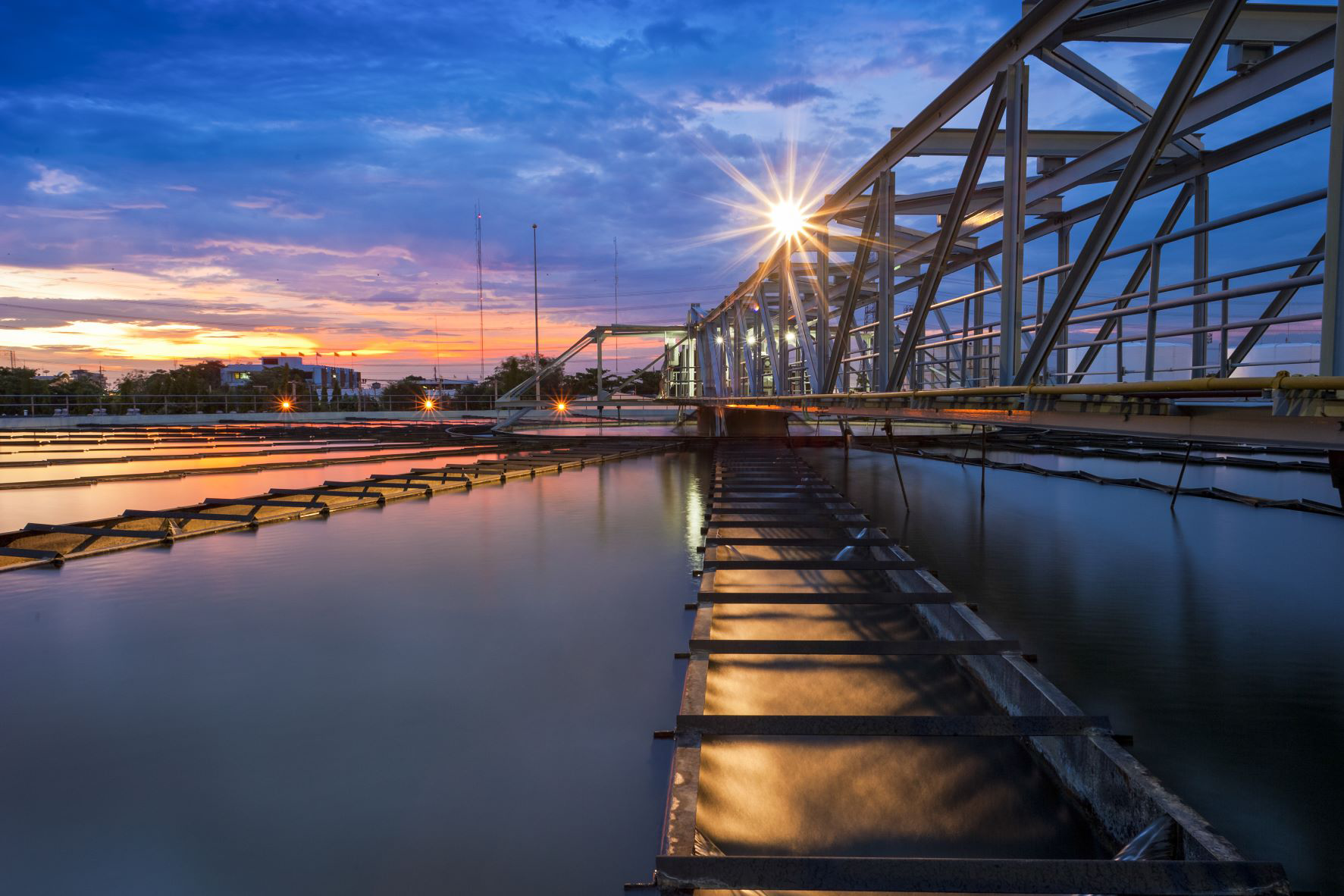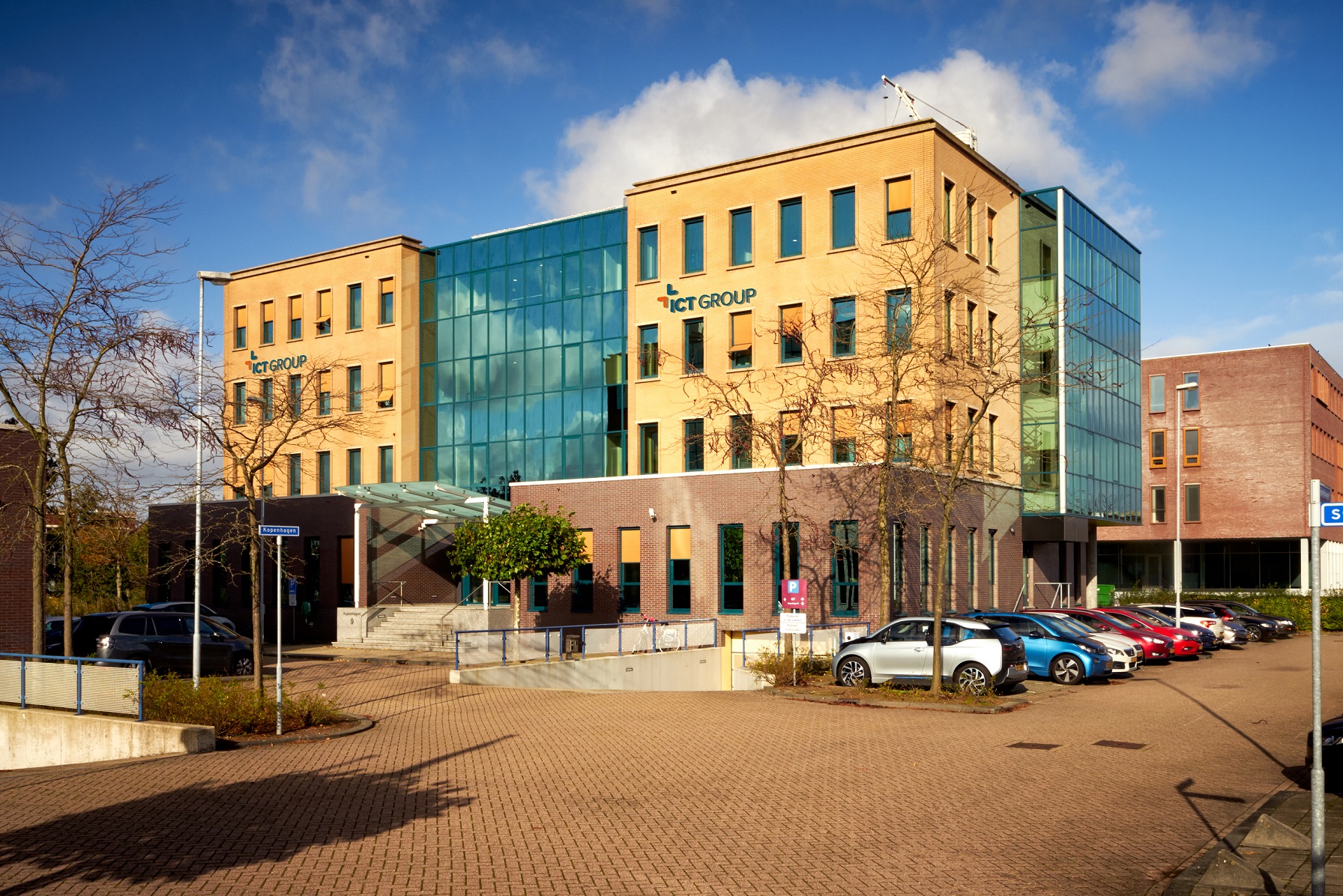
The water board’s key activities include providing protection against the sea and flooding, maintaining the correct water level in polders and urban areas, and ensuring clean and healthy water in lakes, canals and ditches. Another important task they perform is the treatment of domestic and industrial wastewater in their operating area, which covers Wassenaar, IJmuiden, Amsterdam, Gouda – in short: large parts of the provinces of North and South Holland. With a catchment area with over 1.3 million inhabitants, the Rijnland water board is the largest water authority in the Netherlands.
René Smit, Environmental Manager in the IPM team (Integrated Project Management) of the Rijnland water board: “Just over seven years ago, the water authority identified a suboptimal performance level of the process automation in a number of Rijnland’s wastewater treatment plants. With the end of their technical life cycle soon approaching, several hardware components also needed to be replaced. At the same time, there was a need for a more centralised, i.e. remote, control and coordination system for the signalling and operating panel for all 15 wastewater treatment plants and 70+ pumping stations. And so the idea was born to develop a high-tech Control Room – or Central Processing Room (CPR) – located at Rijnland’s head office.’’
Building software like LEGO blocks
Michiel Bonnema, Project Manager at the Rijnland water board (contracted through project management consultancy agency Balance): “The decision to design and configure the Control Room was prompted by increasingly stringent requirements for reliability and cybercrime prevention, as well as the need for more convenience and improved control of energy efficiency. In addition, wastewater treatment plants must comply with strict regulations and standards. Efficiency will also increase significantly, for instance, due to a decrease in the need for local and partially manual operation. All these factors combined and the water authority’s wish to upgrade the process automation across all wastewater treatment plants, made this project a great challenge.’’ René Smit adds: “We first launched a pilot project at our Haarlem-Waarderpolder wastewater treatment plant.”
“And this is where ICT Group comes in”, says Roel de Backer, Cluster Manager in ICT Group’s Infrastructure & Mobility division. “We developed a software library based on pre-defined software building blocks, which can be combined and used across all wastewater treatment plants using a state-of-the-art software generation tool. By developing flexible software building blocks – LEGO blocks, so to say – we not only achieved a uniform software engineering model in terms of use and look & feel; we also anticipated the further implementation for each individual wastewater treatment plant. A single foundation for future updates was also established, ensuring efficient manageability.”
Thirteen subprojects awarded to ICT Group
Michiel Bonnema: “The control room project was followed by two tenders for framework agreements: one for engineering services and management, and one for system integrators.” Roel de Backer: “ICT Group was awarded the framework agreement for system integrators and managed to procure six out of fifteen subprojects. Separate requests were then issued for each of the subprojects (one per plant). Three engineering firms were involved in the process. A functional design (FD) was developed for each project, including project specifications based on general model specifications. These requests were then issued to the selected system integrator. The first stage of the project involved developing the supplied functional design (FD) and creating a technical design (TD) for the process automation for each plant and its pumping stations, including the related input / output lists. The design had to be based on process automation architecture and comply with the standards set by the Rijnland water board. In addition to ICT Group, two other system integrators were selected to whom the remaining eleven subprojects were awarded. However, two subprojects were terminated in the course of the project. Moreover, ICT Group took over the infrastructure activities of one of the parties, as well as two other projects from another party. This means that, in the end, ICT Group was awarded a total of thirteen out of fifteen subprojects.”
“So the idea was born to develop a high-tech Control Room – or Central Processing Room (CPR) located at Rijnland’s head office.’’
Integration of the entire configuration
The ultimate objective of the project was to supply, install, program, test, commission, and document the software and hardware required for process automation. This consisted of three components, including multiple ABB IT applications for the control panel. A second component is the T-Box used to control the pumping stations. The third and final component is special visualisation software supplied by Schneider Electric. These three IT components had to be integrated into a single software application. The project included the design, supply, installation and operational deployment of electrical installation components – all in all, a large integrated project with as many as 25,000 input / output points. Roel de Backer: “By integrating the entire IT configuration at each individual wastewater treatment plant, as well as within the Control Room, Rijnland is a true pioneer.”
Investment in preliminary process and a holistic approach
Roel de Backer: “During the implementation of the software library, we set up a pool of experts, including software engineers, e-engineers and project managers. This proved a huge success, as it enabled us to adopt a flexible approach to heavy workloads. At the peak of the implementation process, we were working on as many as ten wastewater treatment plant projects simultaneously, so the extra support from the pool of experts was certainly a plus.’’ René Smit says: “An added bonus was the switch to Integrated Project Management (IPM) – a management methodology for major infrastructure projects. This method is based on the principle that a manager is assigned to each aspect of a project. These managers together comprise one integrated project team. The major advantage of this method is the uniformity, thereby improving manageability of the separate subprojects, and limiting budget overruns. In my capacity as Environmental Manager in the IPM project team, my responsibilities include acceptance of the project among the relevant stakeholders (both internal and external), and ensuring the project is embedded.’’ Michiel Bonnema: “Another bonus is the delivery reliability of the selected solutions supplied by global players such as ABB and Schneider Electric. Moreover, these solutions ensure a high level of stability, security and information security.’’
Collaboration with a human factor
The collaboration among all parties involved was also a great success. “The human factor was one of our main priorities, focussing on the mutual interests of everyone involved. Even at the most challenging times – which you are bound to run into at some point during projects of this magnitude – we would consult with each other to find a solution’’, says Michiel Bonnema. Roel de Backer: “Eight of the wastewater treatment plants covered in the thirteen subprojects have now been completed. We intend to conclude the project in November 2019. If anything, this project has proved that IT safeguards the integrated operation of wastewater treatment plants!’’ René Smit: “ICT Group has the scope and expertise to efficiently and effectively manage complex projects.’’ Michiel Bonnema concludes: “We’re already anticipating the next phase: optimisation of the KPIs in the Control Room, big data integration, and intelligent sensor technology. The world of IT is constantly evolving.’’
